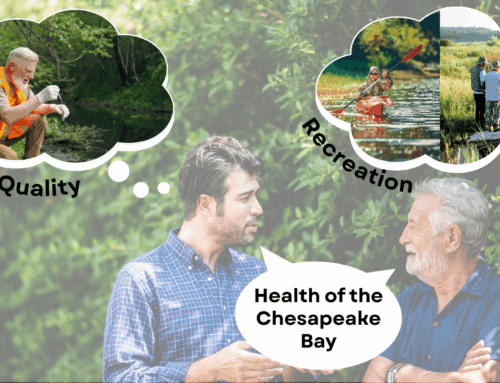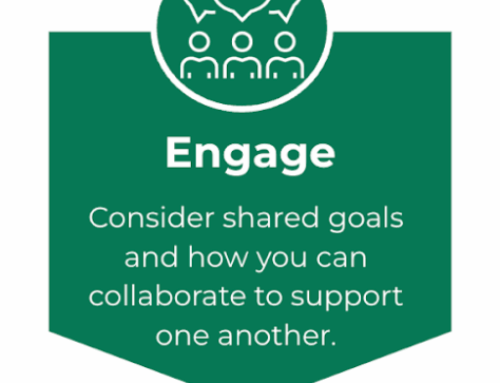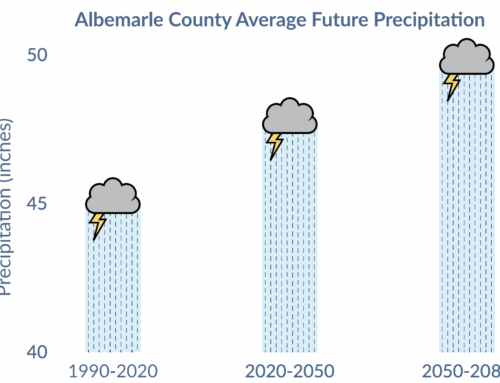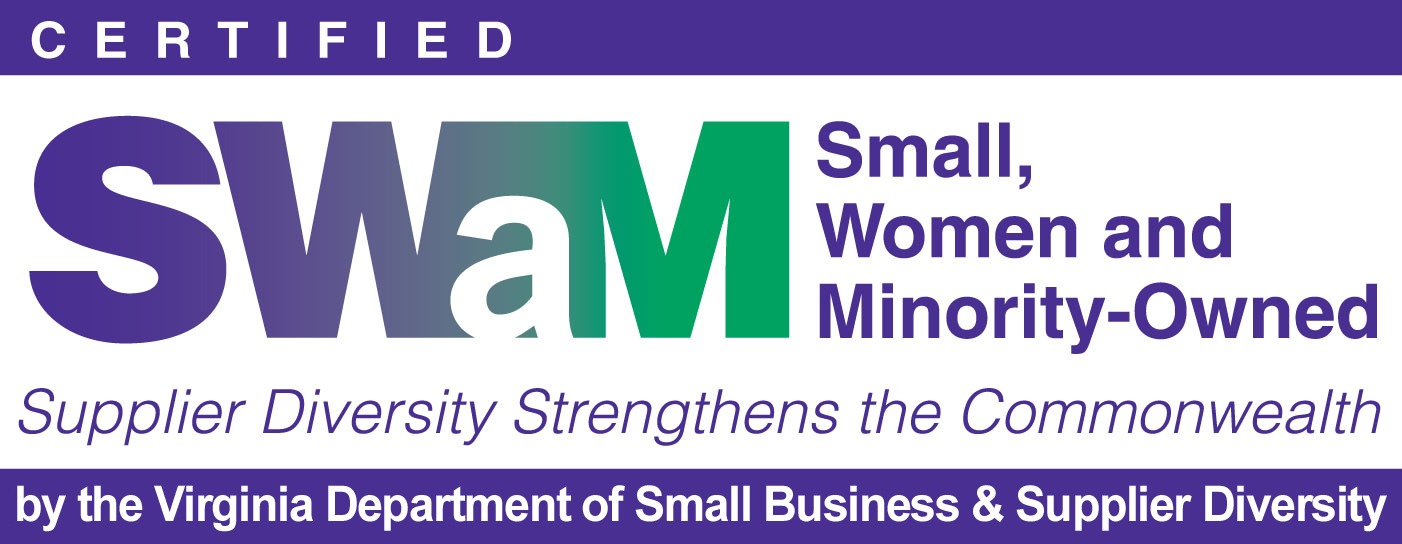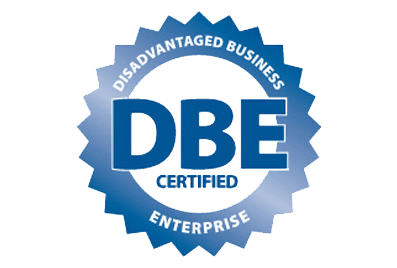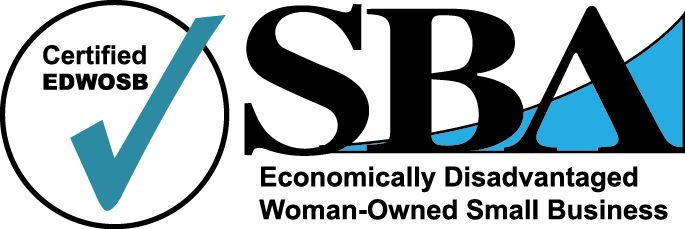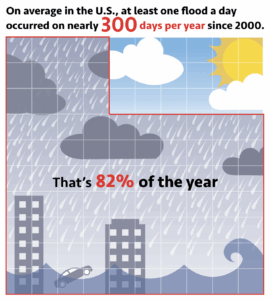
- Listen closely to your audiences and their concerns. This will help you tailor your communications efforts to platforms they use and messages they will be responsive to. Instead of using technical language like “100-year flood,” which might be interpreted as a flood that won’t happen again for another 100 years, use clearer phrases like a “a flood so severe there is only a 1% chance it could happen each year” so all audiences can understand your message.
- Use real-life and local examples, whenever possible. If you want to reference a past flooding event that impacted your area, you can talk about how flood waters affected local businesses, homes, and people. Communicating where the flood risk is occurring helps keep people safe. Mentioning local landmarks or neighborhoods localizes the event to help your community assess the risk and understand the potential for personal impact.
- Information should be actionable. Information without a call to action can leave people concerned or fearful. Instead, give people access to resources and actions so they can be as prepared as possible in the event of a flood. Consider offering preparedness tips (i.e. buying flood insurance, creating evacuation plans, floodproofing your home, and creating kits for emergencies) and solutions being used in other areas.
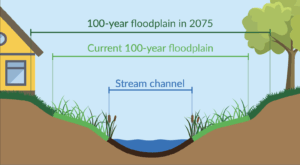
Ultimately, floods are unavoidable, but with effective communication and outreach, you can help keep people informed and ready to respond in the event of a flood. Need communication support? Reach out to us hello@greenfinstudio.com.
